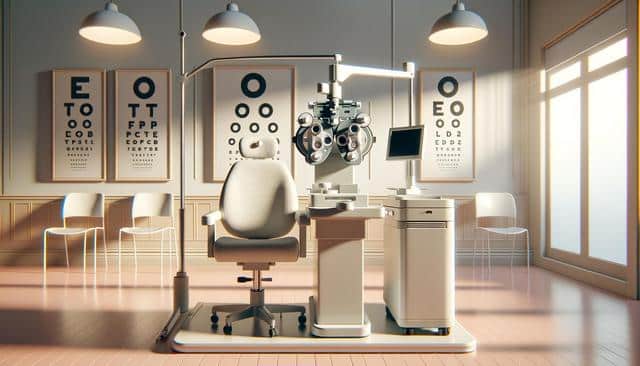Understanding the Basics of Vision Tests
Vision tests serve as a fundamental tool in assessing an individual’s eye health and visual acuity. These tests encompass a range of examinations designed to evaluate how well you can see and to detect any underlying issues that might affect your vision. Common components of a comprehensive vision test include visual acuity tests, refraction assessments, and eye health evaluations. By identifying refractive errors such as nearsightedness, farsightedness, and astigmatism, vision tests enable optometrists to prescribe corrective lenses or explore other treatment options as appropriate. The intricate process of these evaluations helps to ensure that your eyes are functioning at their optimal level, providing the clearest possible vision.
The Role of Vision Tests in Eye Health
Regular vision testing is paramount in maintaining overall eye health. Eye examinations serve not just to determine prescription needs but also to detect early signs of eye diseases that could lead to vision loss if left untreated. Conditions like glaucoma, cataracts, and macular degeneration often develop without noticeable symptoms, making routine eye check-ups crucial for early detection and management. Moreover, these tests can uncover systemic health issues such as diabetes and hypertension, which can manifest symptoms in the eyes. Therefore, integrating regular vision tests into your healthcare routine is vital for both ocular and general well-being.
Who Should Have Regular Vision Tests?
Vision tests are essential for everyone, regardless of age or visual ability. However, certain groups are at a heightened risk for vision problems and should prioritize regular eye exams. These include:
- Children, as their vision develops rapidly and undetected vision problems can affect learning.
- Adults over 40, due to the increased risk of age-related eye conditions.
- Individuals with a family history of eye diseases, as they might have a genetic predisposition to such conditions.
Additionally, those who experience frequent headaches, eye strain, or blurred vision should consult an eye care professional to rule out any serious issues. By addressing vision needs early on, individuals can significantly reduce the risk of long-term eye problems.
Advancements in Vision Testing Technology
The field of vision testing has seen remarkable advancements in recent years. Cutting-edge technology now allows for more precise and comprehensive eye exams than ever before. Digital eye exams, for instance, utilize automated technology to provide a thorough evaluation of the eye’s health, often yielding quicker and more accurate results. Innovations such as retinal imaging and optical coherence tomography have revolutionized the way eye care professionals diagnose and monitor eye diseases. These technologies not only enhance the accuracy of diagnoses but also improve patient comfort and convenience, making vision tests a more accessible experience for everyone.
Preparing for Your Vision Test
To make the most of your vision test, preparation is key. Before your appointment, consider gathering any necessary information about your medical and family history, as this can provide valuable context for the eye care professional. Prepare a list of any symptoms or vision changes you have noticed, as well as any questions you might have regarding your eye health. If you wear glasses or contact lenses, bring them to your appointment to ensure that your prescription is up to date. By taking these steps, you can ensure a productive vision test that adequately addresses your eye care needs.
Conclusion
Vision tests are a critical component of maintaining both eye health and overall well-being. By understanding their importance and integrating regular eye exams into your health routine, you can safeguard your vision and detect potential issues early on. Whether through traditional methods or advanced technology, these tests offer invaluable insights into your visual health, empowering you to make informed decisions about your eye care. Prioritize vision tests to ensure a lifetime of clear and healthy sight.
